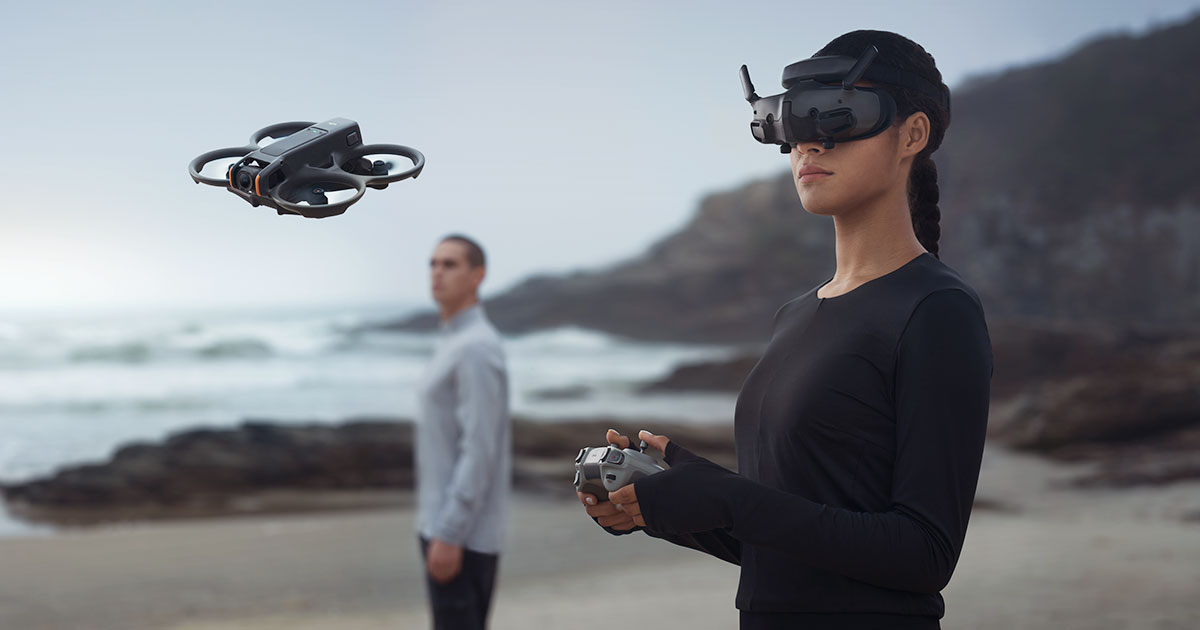
- Search
-
Login
-
0
ComparisonAdd products to compare, then they will appear here and you can compare parameters.
-
0
0 €Nothing in the basket.
Blog
Blackmagic Design at NAB 2024 have just unveiled a range of new products incl. the entire ecosystem of products for SMPTE 2110 IP video, the third generation Blackmagic SmartView 4K preview monitor and Blackmagic Audio Monitor listening unit, now also with an IP interface, as well as the affordable ATEM Micro Panel for easy overhead control using ATEM Software Control, a dedicated DaVinci Replay Editor console for quick editing of news stories using DaVinci Resolve, a Blackmagic MediaPlayer 10G 4K media player, a Blackmagic Ethernet Switch 360P network switch specifically designed for broadcast use, two new Blackmagic Cloud Store Max 24TB and 48TB network storage devices, and last but not least, a new 19. daVinci Resolve with a number of new automated AI tools (motion tracking, video editing via dialogue editing, etc.), an upgraded Fusion section with an emphasis on 3D effects, etc.
The surprise is the new high-end Blackmagic URSA Cine 12K digital cinema camera with a second generation 12K Blackmagic Design sensor with 16 EV dynamic range, recording on very fast proprietary media using M.2 PCIe SSDs (8TB or 16TB), Wi-Fi and 10G Ethernet interfaces (among others), interchangeable PL, LPL and EF bayonets and support for many formats up to 8K, 9K and 12K. The 12K variant of the camera is now on sale ($14,995 USD excl. VAT incl. accessories), with a 65mm 17K sensor (!) and interchangeable LPL and Hasselblad bayonets also in the future. Media can be easily copied using the integrated Ethernet interface or via the optional Blackmagic Media Dock. Equally interesting is the next featured camera, the Blackmagic PYXIS 6K "box" camera, featuring a 6K FF sensor with 13 EV dynamic range, interchangeable L-Mount, PL and EF bayonets, recording to a pair of CFexpress cards, 10G Ethernet interface and compatibility with URSA Cine accessories (e.g. optional Blackmagic URSA Cine EVF viewfinder). The latter will go on sale in June for $2,995 excluding VAT.

It will be on sale during May new MF anamorphic adapter (1.7x, T/1.9) designed exclusively for E-Mount lenses in the Samyang V-AFi.e. V-AF 24, 35, 45, 75 and 100 mm models (will require a lens FW update)...

Newly on offer k&F Concept filter sets (UV, PL and ND) for the recently launched DJI Mini 4 Pro drones !
Second generation of the popular DJI Avata drone brings higher image quality (10-bit D-Log M mode, HDR), longer battery life (up to 23 min., PD fast charging support), longer video transmission range (up to 13 km, 24 ms latency, 1080p/100 fps and bitrate up to 60 Mbps) and significantly larger internal storage (46 GB). Also new are the aerial acrobatics capabilities with the optional DJI RC Motion 3 accessories (360° flips, 360° rotation, 180° drift with one button...), thanks to the innovative design of the integrated protective elements, which make Avata 2 lighter and more agile... On sale now!

Panasonic has unveiled new firmware for the S5M2 (v3.0) and S5M2X (v2.0) mirrorless cameras scheduled for release on April 22, 2024. This major update will bring support for Adobe Frame.io "Camera to Cloud" technology for uploading JPEG/RAW images and proxy videos via Wi-Fi or USB connection, as well as proxy video recording, improved Phase Hybrid autofocus now with car and motorcycle detection, optimization of E stabilization.I.S. with a new "High" setting in the "E-Stabilization (Video)" mode to stabilize strong shake during video recording and correct perspective distortion when shooting with wide-angle lenses, and last but not least, the "SH Pre-burst" function that records a sequence of shots when the shutter is half-pressed until the shutter is fully pressed.


